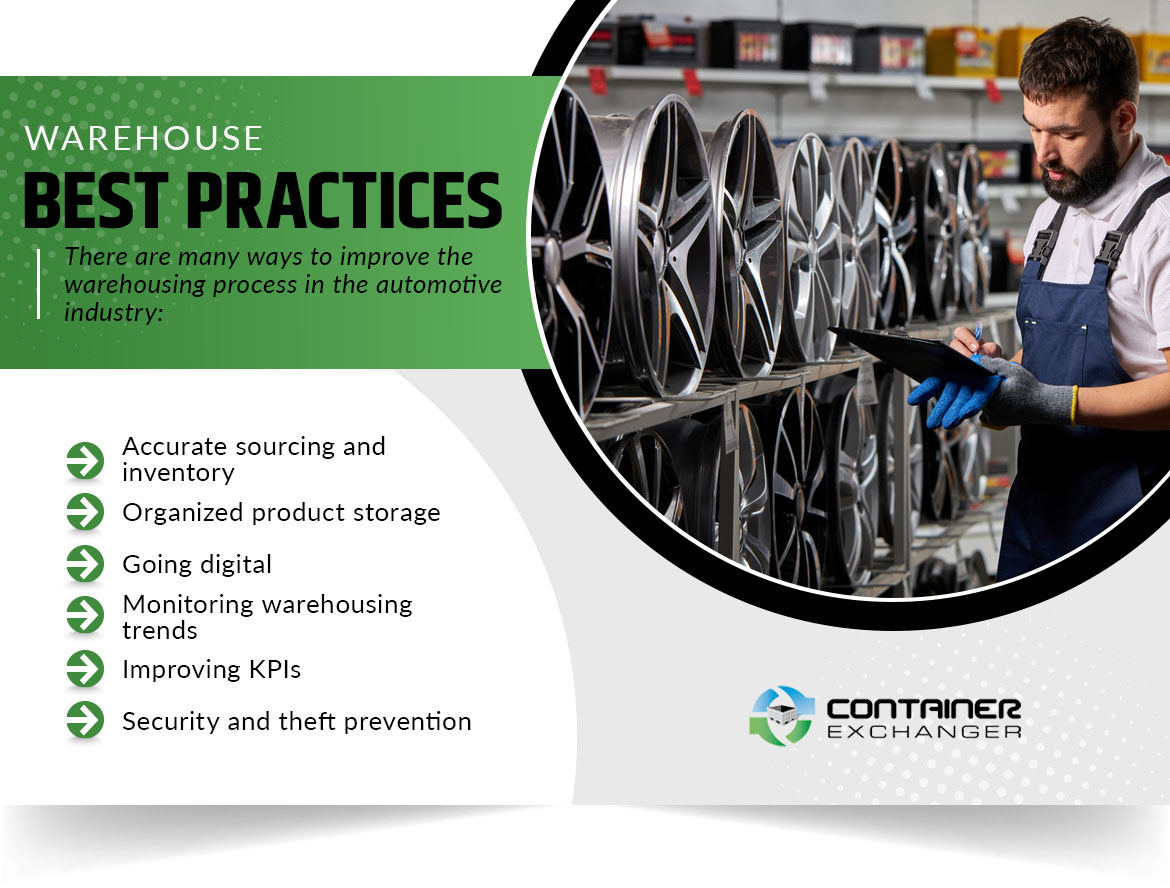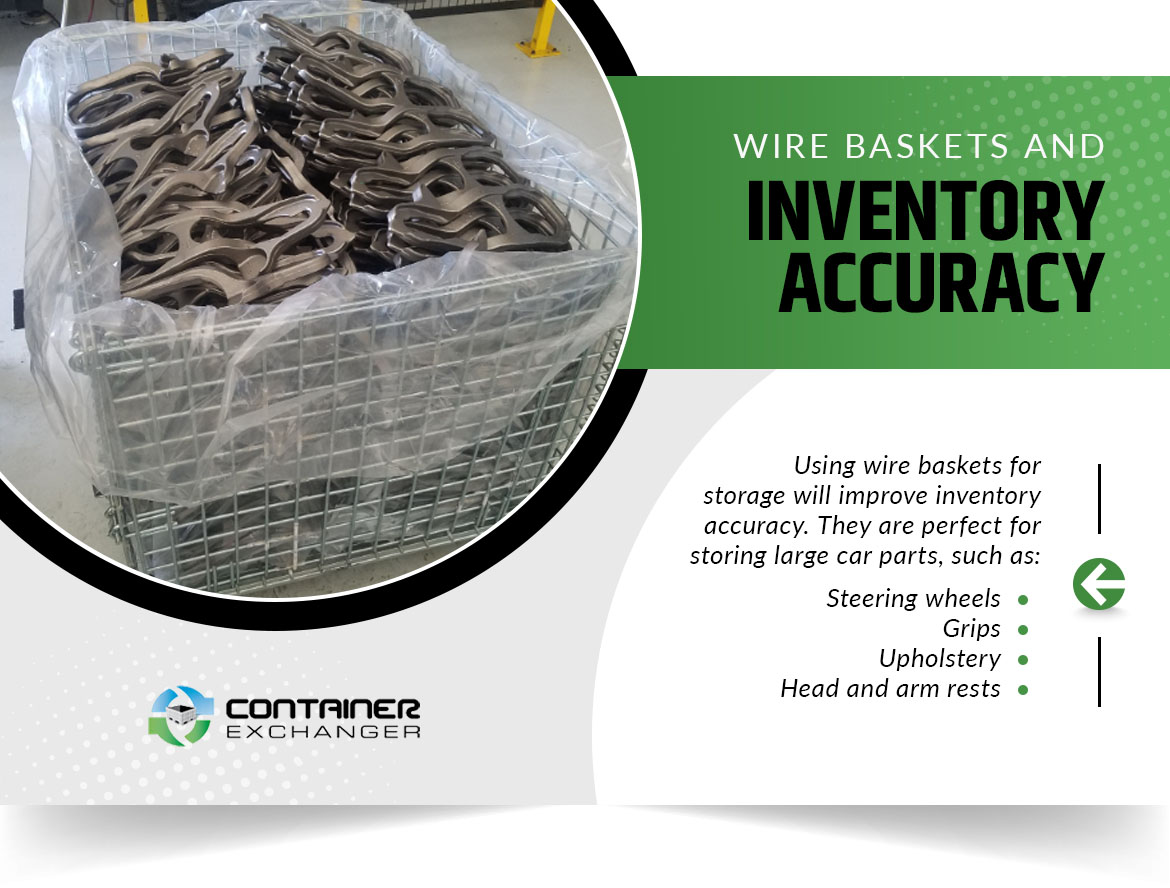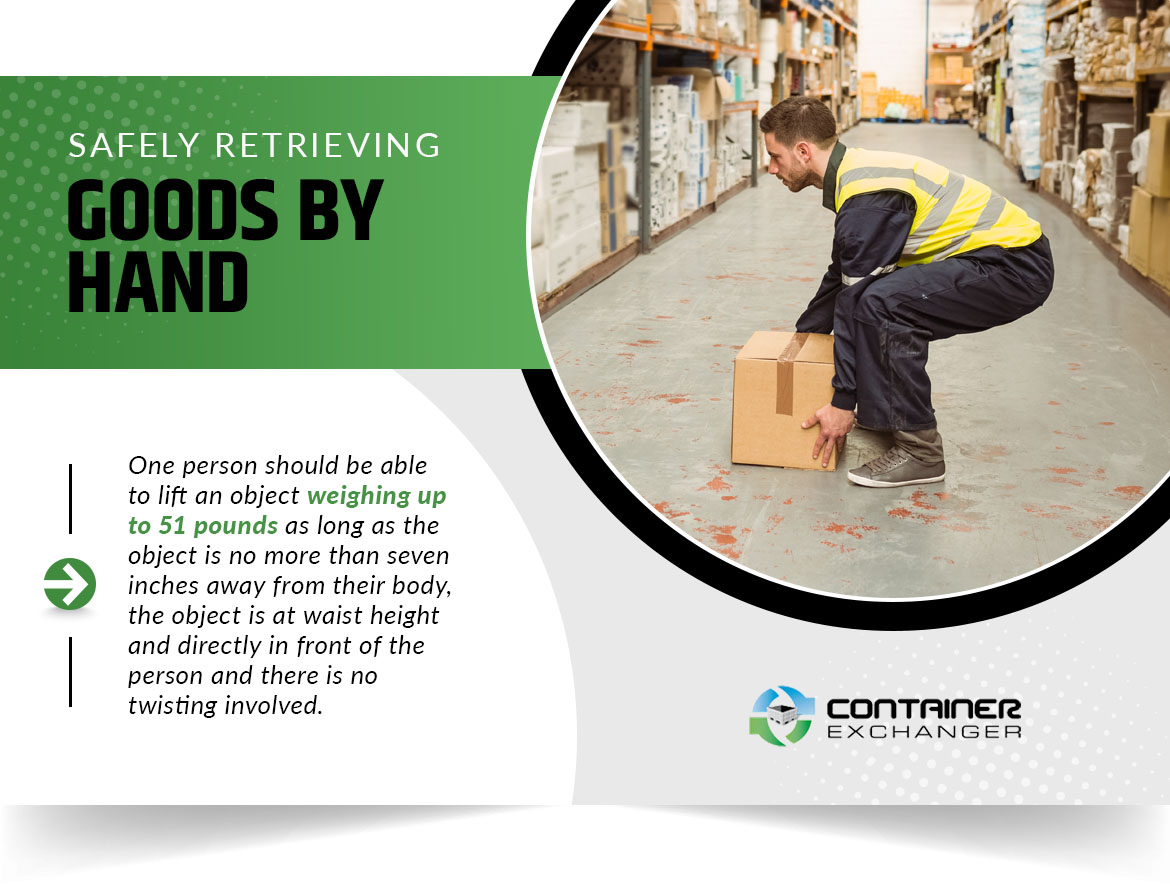
Every industry comes with its own best practices, and warehousing is no exception. The supply chain industry has evolved dramatically over the last couple of decades. What was once a straightforward task has become a highly complex balancing act. There are now just under 20,000 warehousing facilities in the U.S., compared to just over 15,000 in 2010. As the industry becomes more competitive, companies need to find ways to improve their operations at every turn or they risk getting left behind.
That’s where warehousing best practices come into play. With so many products coming and going and dozens of factors to consider, managers can use these guidelines to overcome common challenges and increase their bottom line.
There are also separate warehouse best practices for the automotive industry, which has its own challenges to wrestle with. From maintaining supply to reducing the cost of shipping, there are so many ways to improve the warehousing process. Use this guide to learn about the best ways to run a warehouse in the automotive industry.
What Are Warehouse Best Practices?
Warehouse best practices are a set of industry standards and guidelines that facilities can use to better their operations. There are many ways to run a warehouse, and companies are by no means obligated to comply with these guidelines. Nevertheless, industry experts tend to agree that in order to be successful, warehouses must implement certain practices that are designed to save money and improve efficiency.

There are tips and guidelines for every aspect of facility management, including product shipping and storage, inventory management, labor costs and data analytics.
Regardless of what industry they call home, warehouses tend to have the same obligations. The company needs to make sure it can fulfill orders on time, which means having enough supplies on hand to meet demand, quickly moving inventory through the supply chain and delivering items intact and on time. The company will also need to look for ways to keep costs at a minimum, which may mean automating regular tasks, reorganizing goods to improve efficiency and packaging items in bulk.
Technology has also become an essential part of the warehousing industry. Many companies now collect data on every aspect of their operations. Workers and machines will scan items as they pass through various stages of the supply chain or manufacturing process. Managers can then review this information to find ways to improve efficiency and reduce costs.

What Are the Best Warehouse Practices for the Automotive Industry?
The automotive industry is its own beast and getting products out the door is no easy feat. The average car is made up of tens of thousands of different parts and accessories. These items are often made with a wide range of materials, including metal, plastic, felt, leather and rubber. They all need to fit together to meet industry regulations that keep drivers safe.
Running an automotive warehouse can be intimidating, but these warehouse best practices are designed to help companies start off on the right foot:
Sourcing and Inventory Accuracy
Like all companies, automotive warehouses need to keep certain quantities of supplies on hand to meet demand, but keeping too much inventory on-site will lead to steep storage costs as warehouse rental rates continue to rise. Companies can limit their storage costs and free up additional space by ordering supplies as soon as the order comes in, but they will have to wait for the product to arrive before starting the manufacturing or order fulfillment process, which can lead to delays.
The COVID-19 pandemic threw the automotive industry into chaos as semiconductors, steel and other essential resources became scarce. Manufacturers had to wait months to receive the supplies they needed to make their products, which severely limited the number of vehicles on the market.
Automotive warehouses can avoid this nightmare by partnering with more than one supplier. Working with domestic suppliers will also reduce the cost of shipping. The goods can travel inland on a train or truck instead of being stuck at sea for weeks — if not months — at a time. If just one part is missing, the company’s products will have to sit on the shelf.

Maintaining accurate inventory levels can be a challenge in the automotive industry as well. With so many parts to keep track of, companies should regularly monitor inventory levels to make sure they have what they need to get their products out the door. But automakers shouldn’t rely on manual inputs alone when monitoring inventory levels. Products and parts can easily go missing along the way. Workers should routinely count the number of parts on the shelf to make sure the numbers in the system are accurate.
Using wire baskets for storage will improve inventory accuracy. They are perfect for storing large car parts, such as steering wheels, grips, upholstery, head and arm rests and other miscellaneous items. The contents remain visible from far away, so workers can identify the number of goods without opening the container.
Use Wire Baskets for Storage to Keep Items Visible
Product Storage and Placement
Storage can have a major impact on efficiency and labor costs. Automotive warehouses need to store their goods so that their employees can easily access them on the shelf. Every second counts when it comes to getting products out the door. If workers can’t find what they need, the entire order could get delayed. Managers also need to make sure their employees are using their time wisely on the floor to reduce labor costs. Workers should always take the most efficient picking path when retrieving items on the shelf so they don’t have to go out of their way.
Working in a warehouse can also be physically taxing. Managers should look for ways to improve the ergonomics of their workplace so their workers can do the job faster without utilizing more energy or putting their health at risk. Back, neck and joint pain tend to be common in the warehousing industry. Workers may have to call out sick, take disability or leave the field altogether if these issues continue, depriving the company of essential personnel. The average cost of a back injury related workers’ comp claim can be $40,000 to $80,000 per employee.
It’s best to keep items in what’s known as the golden zone, the area between a person’s waist and chest. This limits how many times workers have to bend down or use a ladder to reach items. It is also the safest way to retrieve goods by hand. The person doesn’t have to worry about hurting their back or items falling on their head.
Companies should adjust the height of their stack racks to keep in-demand items in the golden zone. They can also use stackable totes to keep smaller items organized on the shelf. If the item is too heavy, the person should use a lift truck instead of moving the item by hand.

According to the Occupational Safety and Health Administration, one person should be able to lift an object weighing up to 51 pounds as long as the object is no more than seven inches away from their body, the object is at waist height and directly in front of the person and there is no twisting involved.
Workers should also have enough room to move up and down aisles without bumping into each other. There should be enough space for the person to operate a lift truck if necessary. Companies should consider how many workers or machines can safely occupy the space at the same time. With zone picking, one person is responsible for picking items in a specific zone. This helps them focus on a particular subset of products while limiting how far they have to travel.
Security and Theft Prevention
Automobiles are among the most valuable assets on the market today. Some parts and accessories cost thousands of dollars or more, and manufacturers need to make sure their goods stay safe during transit — especially when they are traveling halfway across the world.
Most auto parts are made of metal. Many objects come with sharp edges that can rip ordinary containers to shreds. That’s why it’s best to keep auto parts in metal storage bins. They are much more durable than cardboard boxes and other commonly used shipping containers. The metal will protect the contents from everyday wear and tear, moisture and other potentially hazardous conditions. Companies can also lock these containers to further prevent theft and tampering.
Auto parts come in all sorts of shapes and sizes, from long beams of steel to car doors and frames. It’s best to use wooden shipping crates when moving irregularly shaped items. These containers are bolted shut, so there’s virtually zero chance of the contents being stolen. Companies can easily order custom crates based on the exact dimensions of their products so their containers take up as little room as possible. They are typically attached to a pallet container for safe handling.
Ship Auto Parts in Metal Storage Bins for More Peace of Mind
Going Digital
The supply chain is made up of thousands of nodes that need to stay connected 24/7. Data collection has become an essential part of running a warehouse. Managers need to stay on top of the situation as it changes in real-time. They can then share this information with their customers and business partners to keep everyone in the know.

Automotive companies need to collect data on every aspect of their operations to improve visibility. Every product interaction should be logged in a warehouse management system that managers can access anywhere in the world. Companies can have workers scan items as they move through the supply chain or use fixed scanners that automatically upload this information to the system.
If the item is especially valuable, it’s usually best to attach a GPS tracker to the container so the company can locate it on the map in real-time. The shipping or logistics company may be slow to update this information. Health restrictions, trade disputes and environmental disasters can also come into play. Companies should have multiple sources of information to pull from to get an accurate sense of how things are playing out on the ground.
Improving KPIs
There’s always room for improvement. Once companies start collecting data on their operations, they can focus on the many factors that affect efficiency, output and revenue.
Companies should track the average amount of time it takes them to get orders out the door. If it takes the facility longer than 24 hours to ship out the order, there is usually something wrong with the order fulfillment process, unless the item needs to be manufactured or customized according to the customer’s specifications. Managers can try adjusting the layout of their facility to improve efficiency. Workers can use technology to find the most efficient picking path and GPS trackers to quickly locate items on the shelf. Workers may need to pick items for several orders at once instead of fulfilling one order at a time.

Predicting the Future
Every warehouse needs to look ahead to stay on the right track. This includes monitoring the latest automotive warehousing trends, continuously improving operations and finding ways to stay relevant in an increasingly competitive industry. Companies should be ready to scale their operations according to demand. They can use previous sales data to predict future demand for their products, including seasonal highs and lows. Changing health guidelines, economic forecasts, inflation and environmental regulations can also affect how many people are willing to buy automotive products. Companies can then adjust the scale of their operations accordingly by increasing or decreasing how many products/employees they keep on site.
There’s more than one way to run an automotive warehouse, but these industry best practices are a great place to start!
Image Credits
NeelRong/Shutterstock.com
UfaBizPhoto/Shutterstock.com
ESB Professional/Shutterstock.com
Blue Planet Studio/Shutterstock.com
FOTO Eak/Shutterstock.com
Gorodenkoff/Shutterstock.com
panuwat phimpha/Shutterstock.com
